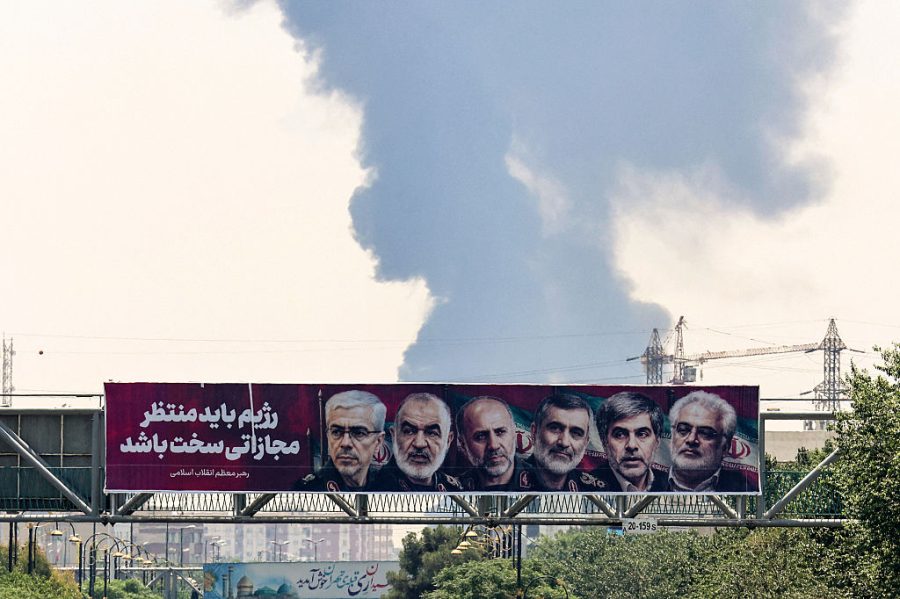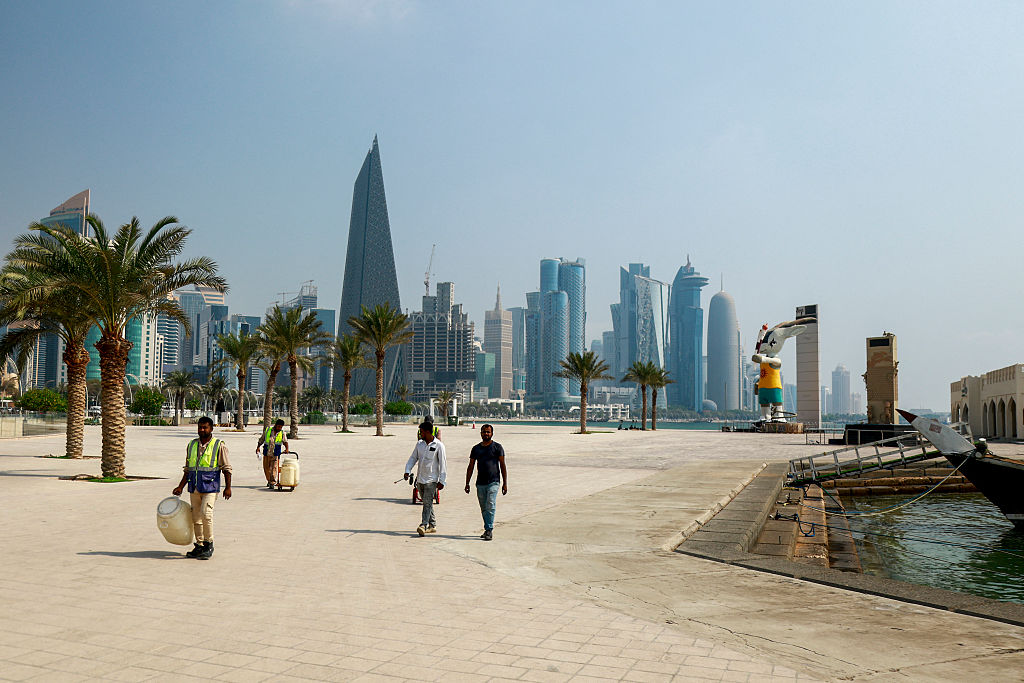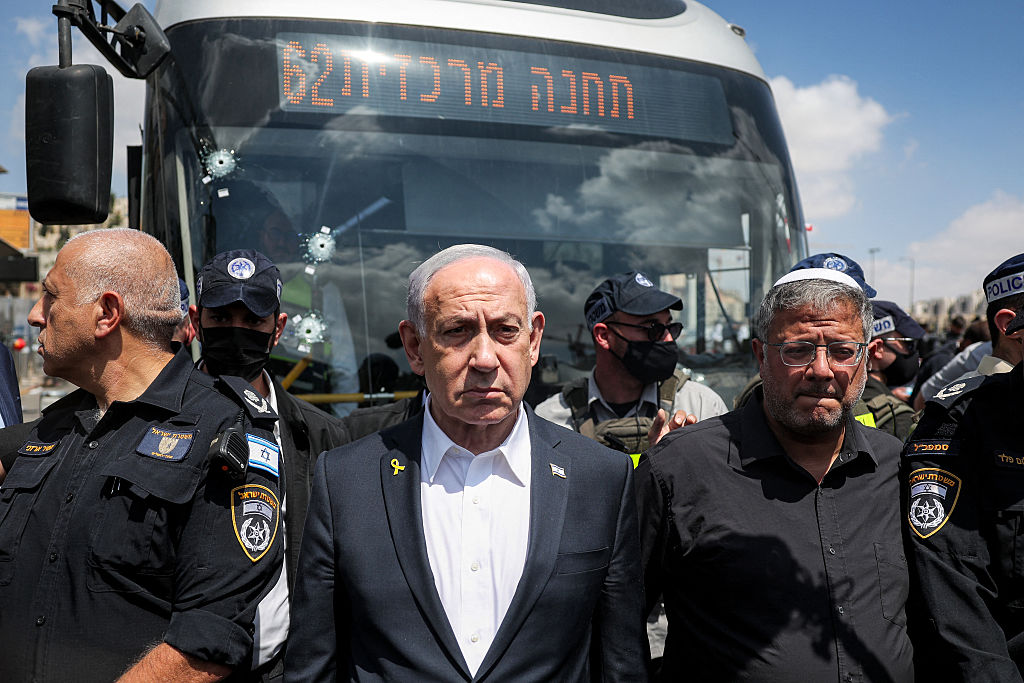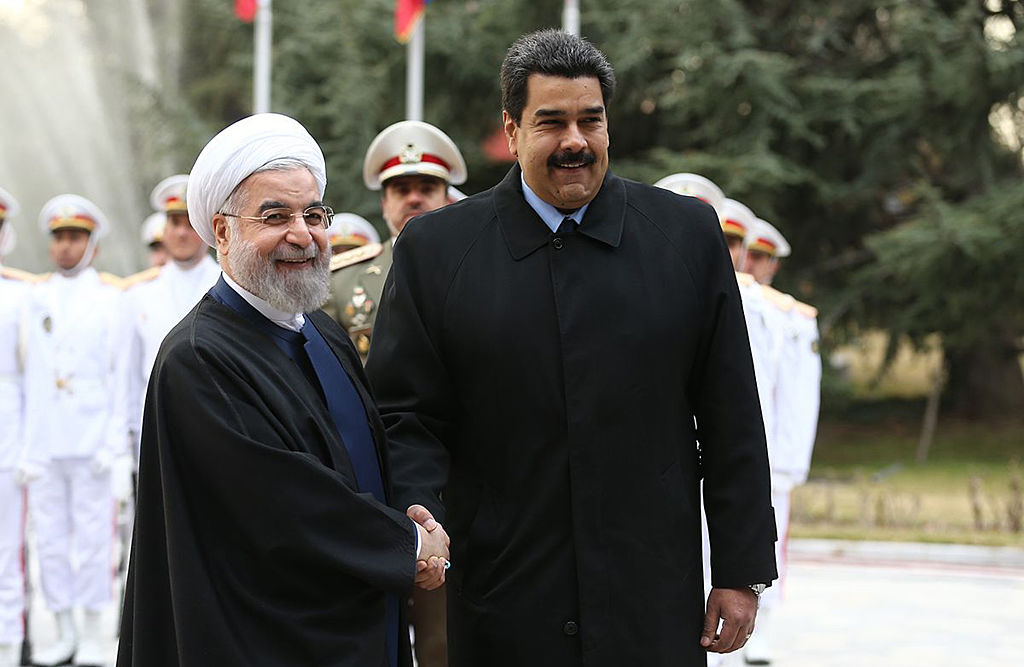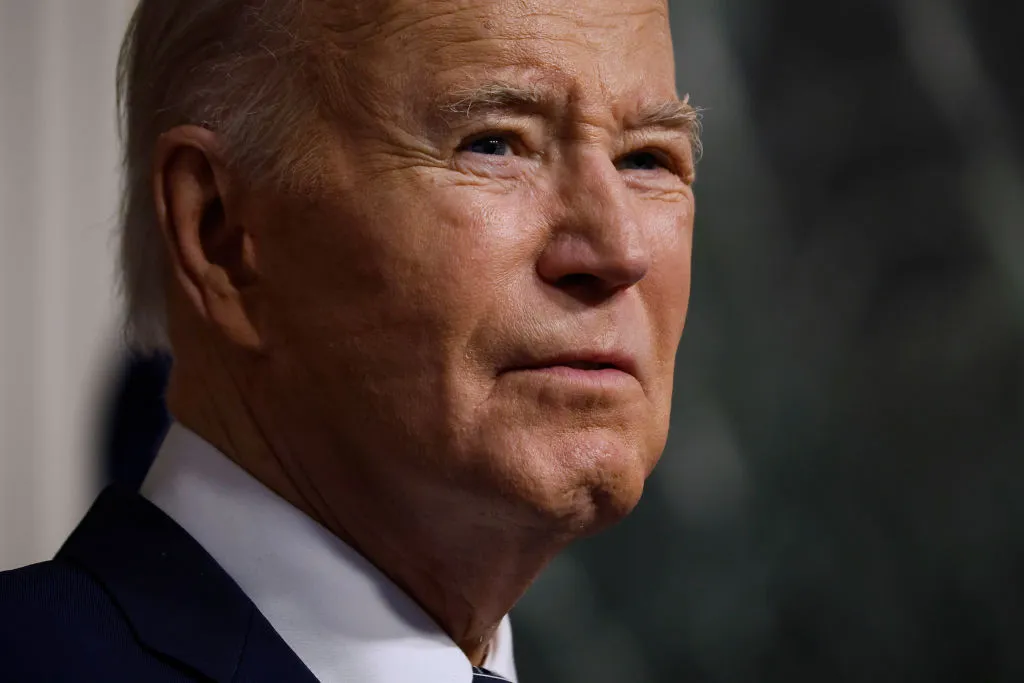As Israel advances its surgical reduction of Iran’s nuclear facilities and senior command, and Iran continues to launch missiles randomly at Israeli population centers in response, it is interesting to note what is not happening. Notably absent is any ground element to the war, which is currently being fought entirely between air and missile forces.
Israel has effectively reversed two decades of Iranian advance across the Middle East
This brings home just how much the picture has changed in Israel’s favor over the last 20 months. It also reveals the deeper logic of this war. On October 6, the Iran-led regional alliance stood as the most powerful strategic axis in the Middle East, pursuing clear goals via proven modes of action. As a result of an ill-fated decision by one of its most minor members (Hamas) to launch a war it could not win, the regional components of this alliance were neutralized. Israel is now seeking to complete the job by pulverizing Iran itself. An optimal result would be the fall of the regime. But a battered, isolated Tehran, stripped of its nuclear program, missile array and allies, would also suffice.
I have been tracing the form and nature of Iran’s ambitions in the Middle East for the best part of the last twenty years. For most of those years, what I and other observers saw was the slow, incremental and seemingly inexorable advance of Iran’s power and influence across the region. The Islamic Revolutionary Guards Corps’ (IRGC) capacities for irregular warfare and political organization, coupled with the collapse and fragmentation of governance across a broad swathe of the Middle East, allowed Tehran to table achievement after achievement.
In Gaza, Israel’s decision – in retrospect flawed – for unilateral withdrawal allowed the Iran-supported, Islamist Hamas movement to sweep aside their enfeebled opponents and assume sole control of the Strip in 2007.
In Lebanon, the IRGC proxy Hezbollah militia induced a unilateral Israeli withdrawal from southern Lebanon in 2000. The organization then emerged as the unchallenged dominant political force in the country in 2008, after fighting a second, inconclusive war against Israel in 2006.
In Iraq, the US removal of Saddam Hussein and the subsequent rise of Sunni jihadi insurgency in the form of ISIS enabled Iran to mobilize Hezbollah-style Shia militias. They went on to become the most powerful political-military force in the country.
In Yemen, the removal of the dictatorship of Ali Abdullah Saleh enabled the Iran-supported Houthis to rise up and take the capital and a large part of the coast. They established an area of control comprising much of the country and most of its population.
In Syria, the apparent victory of the Assad regime over the Sunni Islamist insurgency against it meant that this area was maintained as a vital territorial link between Iraq and Lebanon. This raised the possibility for Iran of moving ground forces from Iran in the direction of potential fronts against Israel in Lebanon and Syria, in the event of war.
This array meant that on October 6, 2023, on the eve of war, Tehran, thanks to the skills and methods of the IRGC and the blunders of its opponents, had successfully implanted a series of powerful semi-regular militias in neighboring states, primed and ready for war with Israel. Behind this alliance stood Iran’s own capacities, embodied in its missile and nuclear programs.
That was how things looked 20 months ago. The direct confrontation between Israel and Iran has now come. What remains of this hard-built array? What ground options does Iran now have in a war with Israel?
In Gaza, Hamas has lost territorial control of most of the Strip and no longer has the ability to fire rockets and missiles at Israel. It remains as a disconnected, fragmented insurgency. It is able to inflict periodic damage on Israeli forces using guerrilla methods. That’s where it ends. It has been rendered useless as an instrument able to strike at Israeli population centers. It is also no longer serviceable as a semi-regular military force of the type that carried out the massacres of October 7, 2023.
In Lebanon, as a result of the direct combat against Israel in the fall of 2023, Hezbollah is a broken shadow of the powerful, semi-regular military painstakingly built up between 2000 and 2024. Its historic leadership has been targeted and killed by Israel. Its mid-level cadres devastated by successful Israeli clandestine warfare and subsequent targeting. Its long-range missile array targeted from the air and largely destroyed. Its south Lebanon positions systematically reduced by Israeli ground forces. The result: Hezbollah can no longer be employed as an asset by Iran. Its token statement of support for Iran this week contained no concrete pledge of support or action.
The fall of Assad in Syria means that the way through to potential fighting fronts is now closed to Iranian or Iraqi allied forces. The Iraqi Shia militias, in any case, appear to evince little enthusiasm for sharing the fate of their Lebanese counterparts.
The Houthis, meanwhile, are on their feet and still firing their projectiles (usually intercepted). But, distant geographically, they are irrelevant in terms of availability for ground action.
What all this means is that, little noticed by western commentators who were busy with their myopic focus on Gaza, Israel has, over the last 18 months, effectively reversed two decades of Iranian advance across the Middle East. The result is that Iran now finds that its intended envelopment of Israel with proxy militias has been dismantled. Tools for Iran to exert pressure from the ground no longer exist.
This means that the current confrontation looks set to focus on air, missile and drone warfare. As to how things proceed, much will depend on the continued capacities of Israel’s air defences, its ability to keep its current air corridor to Iran open and to continue reaping a toll on Iranian regime assets and personnel.
The goal must be the crippling or drastic weakening of both the regime’s nuclear program and its ability to govern. The result: either the permanent weakening of the Islamic Republic to a point where it can no longer busy itself with seeking to project power and aggression against its neighbours, or, preferably, the reduction of the regime’s capacities to a point where the Iranian people are able to free themselves from the mullah’s yoke. The latter outcome would be an appropriate end both to Tehran’s two-decade project of aggression in the Middle East, and to its ally Hamas’s decision to launch war in October 2023.



